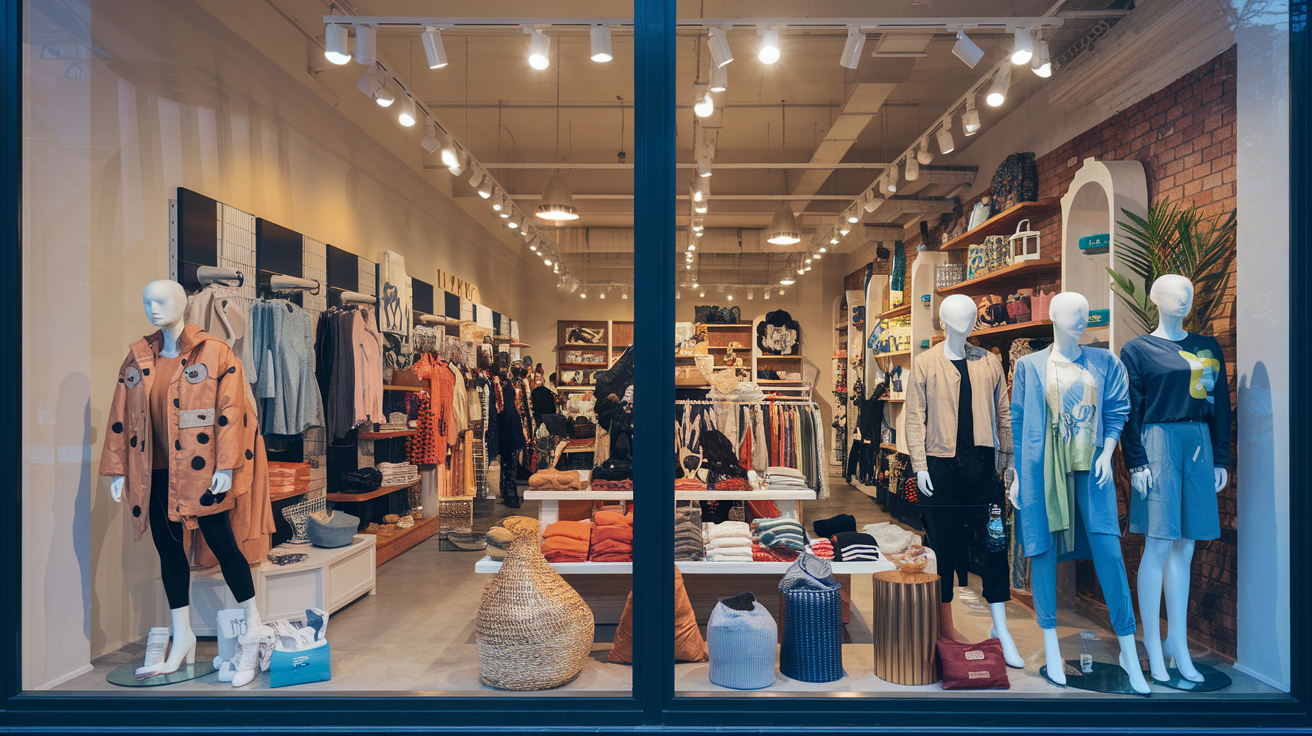Retail Revolution: How Omnichannel Strategies Are Shaping the Future of Shopping
In an insightful episode of “The Stockout,” hosts Mike Bow and Grace Sharkey explored the dynamic evolution of omnichannel retail and its profound impact on consumer behavior. The conversation shed light on the growing necessity for retailers to integrate multiple shopping avenues—from in-store to online to mobile—to create seamless and enhanced customer experiences.
Navigating the Omnichannel Shopper’s World
Grace Sharkey described herself as an omnichannel shopper, adept at utilizing in-store, online, and mobile platforms depending on the context. She highlighted that trust in delivery services is a key factor influencing her choices, underscoring the rising importance of reliable logistics in e-commerce. Conversely, Mike Bow, who primarily shops online, noted the unmatched convenience of e-commerce, particularly during high-demand periods like the holidays.
Expert Insights: Flexport’s Strategic Vision
A pivotal segment of the episode featured Alex Barry, Vice President of Omnichannel at Flexport, who provided a behind-the-scenes look at how the company is responding to shifting consumer trends. Barry revealed that Flexport experienced a 12% year-over-year increase in order volumes during Black Friday and Cyber Monday—a testament to the booming popularity of online shopping.
To better meet these demands, Flexport has undertaken a strategic overhaul of its operations, consolidating over 40 smaller warehouses into five major hubs across the United States. This consolidation enhances efficiency, improves inventory management, and reduces costs. By directly managing these centralized hubs, Flexport is better equipped to adapt to fluctuating demands and deliver exceptional service to its clients.
Tackling the Returns Dilemma
The hosts also addressed a growing challenge in omnichannel retail: product returns. With the rise in online shopping, return rates have climbed to an estimated 17% this year, up from 15% in the previous year. These returns pose significant financial burdens for retailers, with processing costs ranging between \$21 and \$46 per item.
Grace noted that many retailers are implementing stricter return policies to combat fraudulent returns, though this must be balanced with customer satisfaction. A striking 76% of shoppers report that free return policies heavily influence their purchasing decisions, highlighting the delicate trade-off retailers must navigate between cost management and consumer expectations.
Adapting to Seasonal Trends
Seasonal shifts also play a crucial role in shaping retail logistics strategies. During the discussion, the hosts highlighted how items like Christmas trees require specialized handling during transport, reflecting the nuanced demands of holiday logistics. Refrigerated transport, for instance, becomes essential in colder months to preserve product freshness.
Alex Barry expressed optimism about the industry’s future, noting that brands are increasingly leveraging diverse marketplaces to broaden their reach. This approach not only enhances flexibility but also enables businesses to engage with wider audiences.
Key Takeaways for Retailers
The conversation on “The Stockout” emphasized the critical need for robust omnichannel strategies. As digital touchpoints proliferate, retailers must remain agile and responsive to changing consumer preferences. Integrating multiple shopping channels, optimizing logistics, and addressing challenges like returns are essential steps in maintaining a competitive edge in today’s market.
For those seeking deeper insights into retail logistics and emerging omnichannel trends, subscribing to “The Stockout” newsletter offers a wealth of information and practical guidance for navigating the future of retail.

